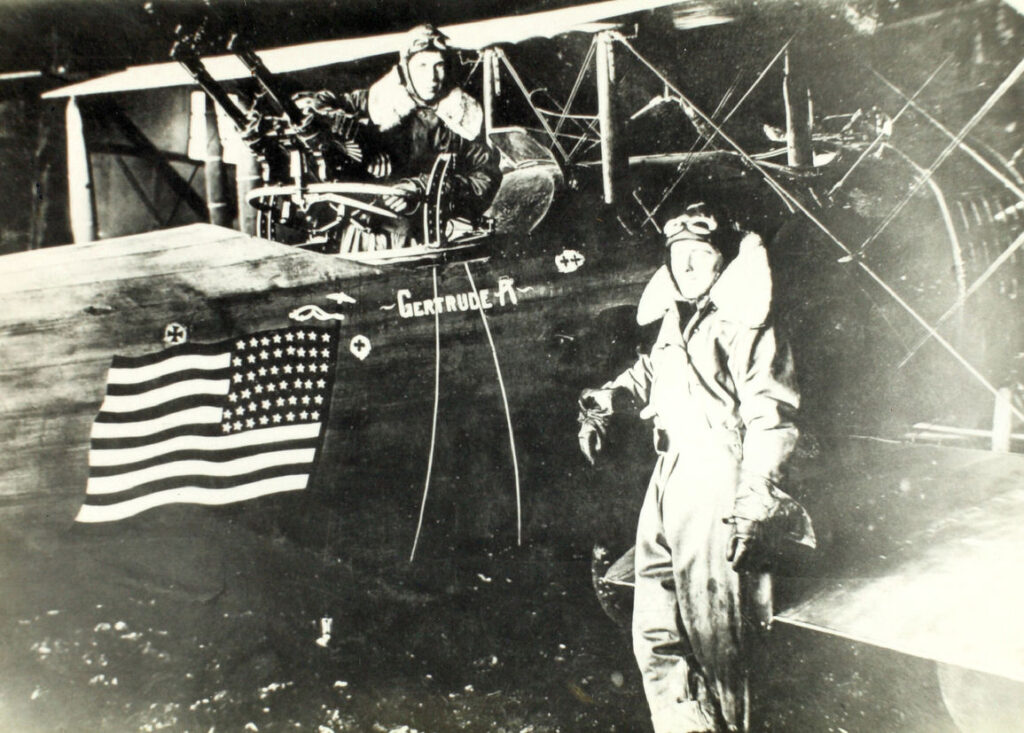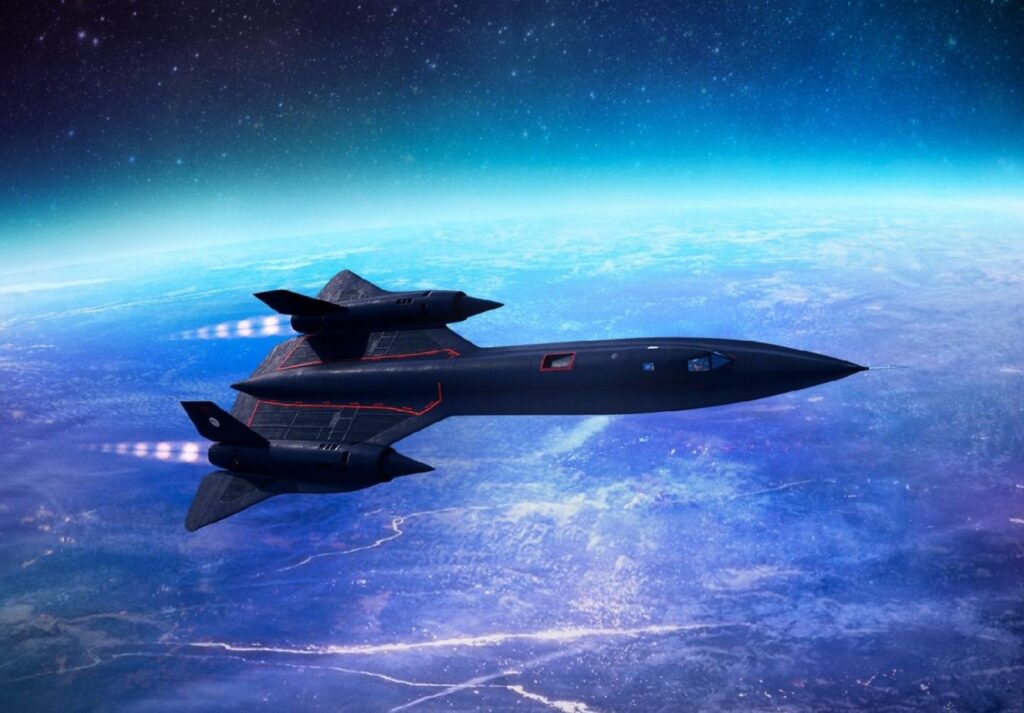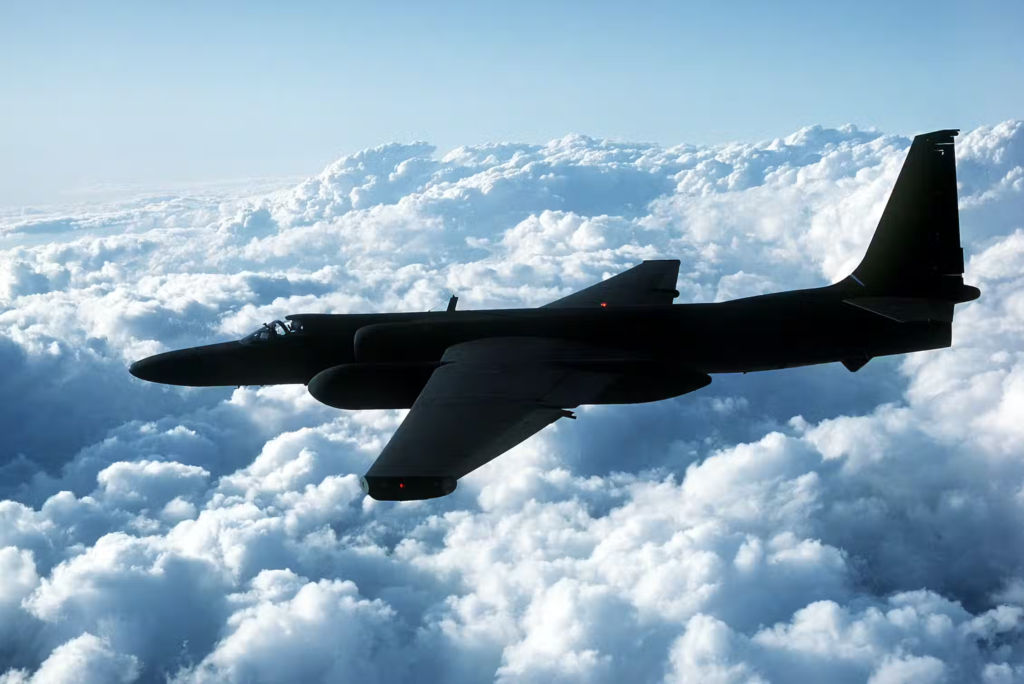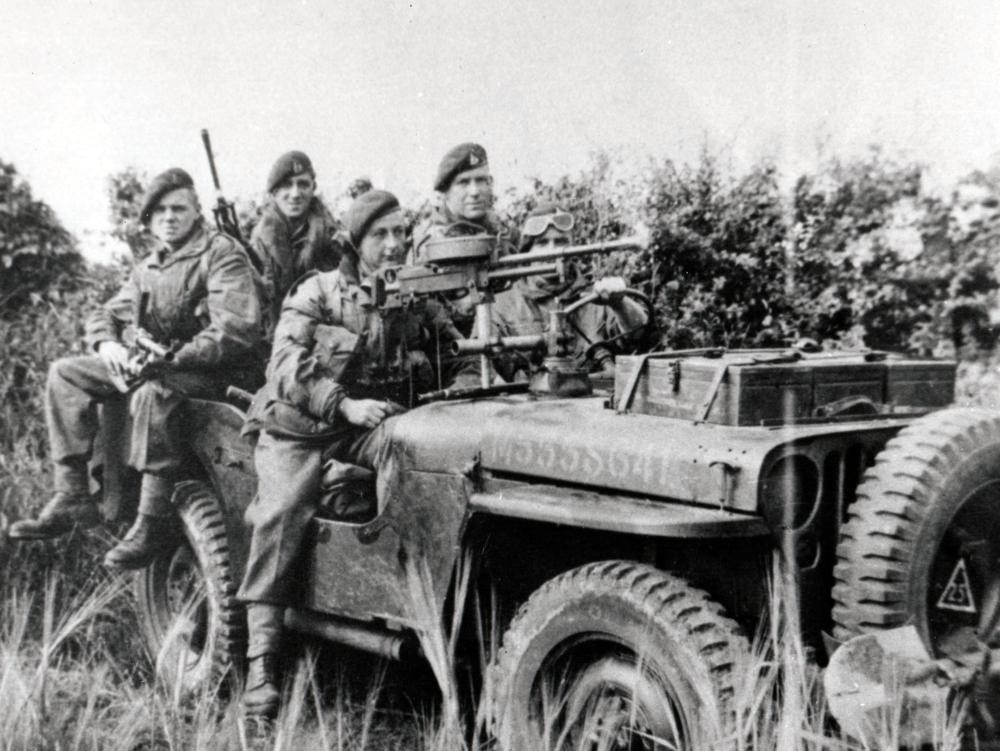The squadron emblem roundel pictured above is still current and has been in active use since 1933. As of this year, there are twenty-six active reconnaissance squadrons in the United States Air Force. The 1st Reconnaissance Squadron, by that specific unit designation, was not technically constituted until 1991-94 but was preceded by the 1st Strategic Reconnaissance Squadron in 1966 and two training units utilizing similar nomenclature in between. Yet, this organization traces its full roots back to the US Army Air Service, 1st Provisional Aero Squadron in 1913. In all but six of its fifteen inclusive designations, its duty has been observation, as it was once termed, reconnaissance by the current definition. According to the Air Force Historical Research Agency, that role is “Reconnaissance” complements surveillance in obtaining, by visual observation or other detection methods, specific information about the activities and resources of an enemy or potential enemy or in securing data concerning the meteorological, hydrographic, or geographic characteristics of a particular area. Reconnaissance generally has a time constraint associated with the task. Collection capabilities, including airborne and space-based systems that are manned and unmanned and their associated support systems, are tailored to provide the flexibility, responsiveness, versatility, and mobility required by the strenuous demands of fluid, global tasks. Intelligence critical to the prosecution of current combat operations is evaluated and transmitted in near real-time to those elements needing that information… these capabilities are valuable across all levels of war. Their specific employment at any one level should consider possible effects on other levels. Intelligence, surveillance, and reconnaissance must operate together, enabling commanders to preserve forces, achieve economies, and accomplish campaign objectives. They are integral to gaining and maintaining information superiority.” Virtually all operations they perform are highly classified or top secret.

Historical Significance of the 1st Reconnaissance Squadron
“During [its] first US military air actions, the 1st Aero Squadron flew 346 hours on 540 flights and covered more than 19,300 miles, performing aerial reconnaissance photography while transporting mail and official dispatches. More importantly, the Army learned that the airplane could no longer be considered an experiment or an oddity but could become a useful military tool.” Between 1913 and the present day, this organization has earned eighteen Outstanding Unit Awards, including one with Combat V, one PUC, two DUCs, and seventeen Campaign Streamers. It has been led by ninety-nine Commanders and had forty-six stations from Texas City AS to Beale AFB and Schriever Space Force Base most recently. The unit has been assigned to sixteen separate parent echelons, most of which involved performing observation or reconnaissance duties. It has flown forty-six different aircraft, starting with the fragile Wright B (S #3), through the mighty RB-29 Superfortress, gigantic RB-36 Peacemaker, and SR-71 Blackbird forward to the U-2 Dragon Lady and remotely piloted RQ-4 Global Hawk of today.
The 1st Reconnaissance Squadron is, in effect, the United States Military’s oldest Fixed Wing flying unit. Over a span of 110 years, it has carried out an unbroken heritage of reconnaissance missions during the Mexican Punitive Expedition, The Great War, the Army of Occupation, World War II, and throughout the Cold War on bases ranging from Kansas to Florida, Panama to France, Germany to Trinidad, Philippines to Guam and RAF Fairford, England.

Although the following description from WWI may seem quaint a century later, its context has not changed much: “The doughboys were going over the top, and we intended to follow them through hell if necessary. The work done by this Squadron during the drive [at St Mihel] was, in general, the work of a divisional squadron. At first, infantry contact patrols were of the most importance since during the confusion of an advance; the airplane was the only agent that could obtain for the divisional command the vital information as to where his front line elements actually were.” In SEA, that urgency was echoed: “During the Vietnam era of the late sixties and early seventies, the 1st Strategic Reconnaissance Squadron gathered photographic and electronic intelligence products of the Southeast Asian nations involved in the conflict. SR-71 crews risked their lives each day to obtain the information that was vitally important for the American war effort’s success. Photos taken from Blackbird missions flown over North Vietnam were used in planning the attempt to rescue American POWs from Son Tay prisoner-of-war camp,” locate enemy emplacements, assess troop movements and analyze bomb damage. During the 21st century GWOT campaigns of OEF and OIF, the venerable Lockheed U-2, in service since 1956, performed as it still does similar high altitude reconnaissance functions carrying 1st Reconnaissance Squadron colors.

Modern Reconnaissance Operations by the 1st Reconnaissance Squadron
During Operation Inherent Resolve up through the war in Ukraine, six different models of the Global Hawk, now sometimes flown by enlisted pilots, continued missions involving SIGINT, weather mapping, ground clutter suppression, targeting of close air support, calculating troop movements, and humanitarian locating of designated human groups from up to 60,000 feet altitude at a maximum speed of about 400 mph. Because effective air reconnaissance and observation are so dependent on surprise, invisibility, stealth, and accuracy, it is the equipment being flown and carried aloft that is the primary focus of this and other similar squadrons. Gathering the information, whether on nitrate film in rolls or infrared technology transmitted digitally in microseconds and getting it to combatants or other commanders in a timely manner is essential. The 1st RS has the bird’s eye view aerial capability of seeing military conditions for all five branches as needed.

“The legacy of the 1st Recon Squadron is a microcosm of the legacy of the Air Force,” said Richard Rodrigues, former 9th RW historian. It was the organization that pioneered the first tactical deployment of US military airpower, and it helped create some of our early leaders, such as Capt. Charles de Forest Chandler, Capt. Benjamin Foulois and Lt. Herbert Dargue, among others who, impacted the Air Service and later the Air Corps with only eight airplanes, eleven pilots, and eighty-two enlisted men. 1916 was the first time American aircraft were used in an actual military operation for the sole purpose of capturing the bandit Pancho Villa in Mexico under the command of General John J. Pershing.

The Squadron recruits and trains pilots who fly high-altitude reconnaissance flights around the world. After initial interviews, orientation flights, and selection for the program, new pilots undergo approximately six months of extensive training, including twenty sorties in the U-2. The 1st RS also trains mission planners who must know the wing’s objectives, the aircraft and sensors capabilities, plus detailed information on target and threat assessment at specific locations. After planners complete training, they deploy to the overseas detachments and design flight tracks that allow pilots to gather the best data with the least personal risk. Since 1922, the 1st Squadron has been associated with the 9th Bomb Group and the USAF 9th Reconnaissance Wing, where it continues to be an active flying unit responsible for training all High-Altitude Intelligence, Surveillance, and Reconnaissance aircrew for the U-2S Dragon Lady and the RQ-4 Global Hawk. Aircrew members consist of pilots, mission planners, and sensor operators. Training for all U-2S pilots includes additional qualification in the T-38A Talon, the companion trainer to the U-2S. The Squadron flies over 5,400 U-2S/T-38A training hours and 2,400 RQ-4 combat support hours annually. This program produces twenty-four U-2S pilots, forty-eight RQ-4 pilots, and thirty-six RQ-4 sensor operators each year. As of October 2023, Air Force Together We Served lists twelve members who served with the 1st RS.

The Squadron’s home since 1966 is Beale Air Force Base, located outside of Linda, California, about ten miles east of the towns of Marysville and Yuba City and about forty miles north of Sacramento. The host unit at Beale is the 9th Reconnaissance Wing assigned to the Sixteenth Air Force, Air Combat Command. The Wing collects intelligence essential for presidential and congressional decisions critical to the national defense, flying the USAF fleet of Dragon Lady and Global Hawk aircraft and operating associated ground support equipment. The illustrated plaque boulder was unveiled on 8 March 2013 on Beale AFB in Heritage Park, celebrating the 100th anniversary of the 1st Reconnaissance Squadron.
Read About Other Famous Military Units
If you enjoyed learning about 1st Reconnaissance Squadron, we invite you to read about other famous military units on our blog. You will also find military book reviews, veterans’ service reflections and more on the TogetherWeServed.com blog. If you are a veteran, find your military buddies, view historic boot camp photos, build a printable military service plaque, and more on TogetherWeServed.com today.

Wow, what an impressive unit history and present-day mission.